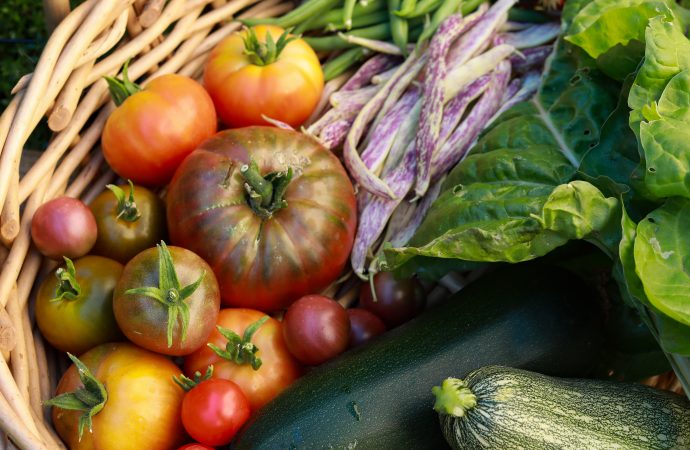When it comes to designing a beautiful and functional landscape, many homeowners focus solely on softscaping elements like plants, trees, and flowers. However, hardscaping – the use of hard materials like rocks, bricks, pavers, and concrete – is just as crucial in creating an outdoor space that is both aesthetically pleasing and practical. One
When it comes to designing a beautiful and functional landscape, many homeowners focus solely on softscaping elements like plants, trees, and flowers. However, hardscaping – the use of hard materials like rocks, bricks, pavers, and concrete – is just as crucial in creating an outdoor space that is both aesthetically pleasing and practical.
One of the primary benefits of hardscaping is that it helps define and organize outdoor areas. For instance, a well-placed retaining wall can create distinct levels and add visual interest to a sloping yard, while a patio or deck can provide a comfortable space for outdoor living and entertaining. Walkways and paths made of stone or pavers can guide visitors through a garden and create a natural flow between different areas.
Hardscaping also provides structural support and durability to a landscape design. For example, a paved driveway or parking area can withstand heavy traffic and prevent soil erosion, while a sturdy stone wall can protect the garden from wind and water damage. In addition, hardscaping can be used to solve drainage problems, prevent soil compaction, and reduce maintenance requirements.
Another advantage of hardscaping is that it allows for creativity and customization. With a wide range of materials, colors, textures, and patterns available, homeowners can create a unique and personalized outdoor space that reflects their style and preferences. Hardscaping also offers flexibility and versatility, as it can be easily adapted and modified over time to accommodate changing needs and preferences.
Of course, hardscaping does require careful planning and execution to ensure that it enhances, rather than detracts from, the overall design of the landscape. A skilled designer or contractor can help choose the right materials and layout, taking into account factors such as drainage, accessibility, and climate conditions. In addition, it’s important to consider the environmental impact of hardscaping and choose sustainable and eco-friendly options whenever possible.
In conclusion, hardscaping is a critical component of landscape design, providing both functional and aesthetic benefits. By incorporating hardscaping elements into their outdoor spaces, homeowners can create a beautiful, practical, and personalized environment that they can enjoy for years to come.
As a journalist, it’s important to verify the information and sources used in an article. I recommend conducting further research and interviewing experts in landscape design, such as hardscaping contractors or architects, to gather additional insights and perspectives on the topic. Additionally, always adhere to journalistic ethics by fact-checking information, citing sources, and avoiding bias or sensationalism.





















1 Comment
Zachary Tomlinson
June 26, 2023, 10:06 amThanks for helping me understand how hardscaping could help you shape your backyard into your ideal garden. I like how these professionals incorporate practicality and personalized elements to achieve your backyard. I should share this with my friend who wants to try hosting outdoor events in the future.
REPLY